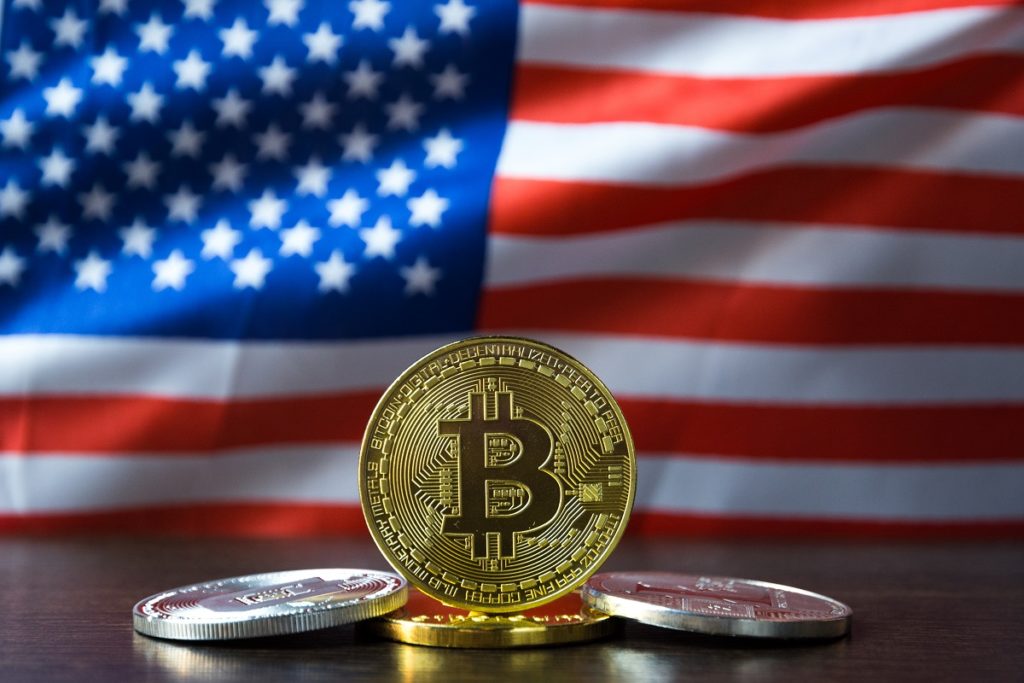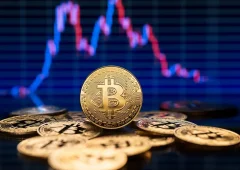Trump Establishes Strategic Bitcoin Reserve in Landmark Executive Order
07.03.2025 10:50 2 min. read Alexander Stefanov
In a major policy shift, President Trump has signed an Executive Order to establish a Strategic Bitcoin Reserve, positioning the U.S. as a major player in the digital asset space.
The initiative leverages Bitcoin already in government possession, obtained through asset forfeiture, eliminating costs to taxpayers.
An estimated 200,000 Bitcoin are under federal control, though an audit has never been conducted. The order mandates a full review of digital asset holdings and ensures that Bitcoin in the reserve will not be sold, treating it as a long-term strategic asset. Previous liquidations of seized Bitcoin have reportedly led to over $17 billion in missed gains.
Key Directives
- Preserving Bitcoin Holdings: The government will hold onto its Bitcoin rather than selling it.
- Comprehensive Audit: A full review of all federal digital asset holdings will be conducted.
- Acquisition Strategies: Treasury and Commerce officials will explore cost-free methods to expand the reserve.
- Digital Asset Stockpile: A separate initiative will manage non-Bitcoin digital assets obtained through forfeiture without additional acquisitions.
U.S. Strengthening Its Crypto Position
Framing Bitcoin as “digital gold,” the administration seeks to secure America’s leadership in the crypto sector. The policy shift aligns with a broader strategy to integrate digital assets into national economic planning, emphasizing stability and growth.
The effort was spearheaded by Treasury Secretary Scott Bessent, Commerce Secretary Howard Lutnick, and the President’s Working Group on Digital Asset Markets. David Sachs, the former U.S. Crypto Czar under the Trump administration, praised the move, highlighting its role in positioning the U.S. as a leader in digital assets.
A New Era for Bitcoin Policy
This decision marks one of the most aggressive government moves into cryptocurrency, reinforcing the idea that Bitcoin could play a lasting role in financial strategy. With the U.S. now actively holding digital assets, the move is set to reshape how governments approach crypto on a global scale.
-
1
Bitcoin Price Hits Record Highs as Exchange Balances Plunge
12.07.2025 19:00 2 min. read -
2
Over $5.8 Billion in Ethereum and Bitcoin Options Expired Today: What to Expect?
18.07.2025 16:00 2 min. read -
3
Bitcoin Sparks Clash Between Mike Novogratz and Peter Schiff
13.07.2025 10:00 1 min. read -
4
Robert Kiyosaki Reacts to Bitcoin’s Surge Past $120K: “I’m Buying One More”
14.07.2025 17:00 1 min. read -
5
Has BTC Topped? Key Signals Suggest The Rally isn’t Over
15.07.2025 21:00 2 min. read
Here is How Much Bitcoin Should Cost to Surpass Amazon, Apple, and Gold
As Bitcoin continues its steady ascent in 2025, comparisons with the world’s largest assets are once again gaining traction.
Bitcoin Stalls Below $120K as Markets Signal Late-Cycle Fatigue, Says QCP Capital
Bitcoin is treading water near the $120,000 resistance, with persistent bids around $116,000 offering a firm base—but failing to ignite fresh upside momentum.
Strategy Adds 21,021 Bitcoin at $117,000, Pushing Total Holdings Past $46 Billion
Michael Saylor, executive chairman of Strategy, has revealed that the company has acquired an additional 21,021 Bitcoin for approximately $2.46 billion, paying an average price of $117,256 per BTC.
Bitcoin Funding Rates Stay Elevated—Rally Ahead or Shakeout Coming?
As Bitcoin continues to consolidate above $100K, a critical market signal is flashing: BTC funding rates remain elevated, even as price action cools.
-
1
Bitcoin Price Hits Record Highs as Exchange Balances Plunge
12.07.2025 19:00 2 min. read -
2
Over $5.8 Billion in Ethereum and Bitcoin Options Expired Today: What to Expect?
18.07.2025 16:00 2 min. read -
3
Bitcoin Sparks Clash Between Mike Novogratz and Peter Schiff
13.07.2025 10:00 1 min. read -
4
Robert Kiyosaki Reacts to Bitcoin’s Surge Past $120K: “I’m Buying One More”
14.07.2025 17:00 1 min. read -
5
Has BTC Topped? Key Signals Suggest The Rally isn’t Over
15.07.2025 21:00 2 min. read


